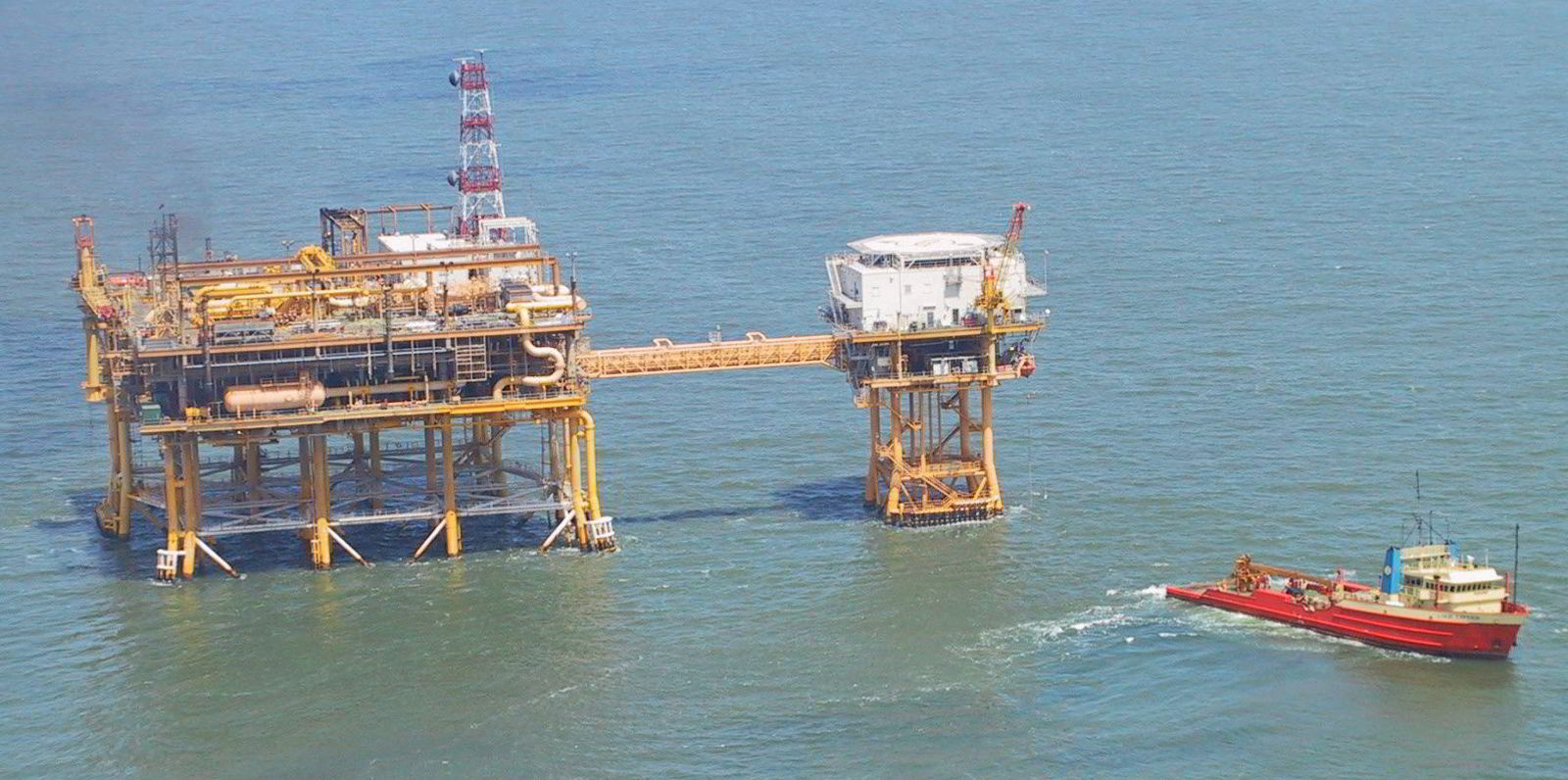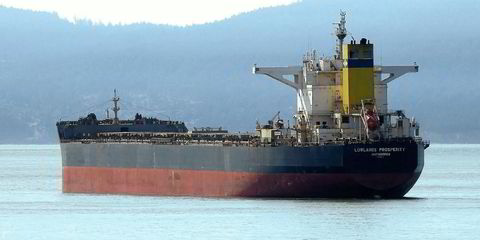Owners could run up against a lack of US export capacity for VLCCs by 2024 as crude shipments continue to rise.
Barry Rogliano Salles (BRS) believes US crude production is one of the key wildcards for tanker markets.
The Paris-based broker has forecast shipments could rise to between 4m and 4.5m barrels per day (bpd) by the end of 2022.
And the latest data from the US Energy Information Administration (EIA) indicate that US crude exports are approaching historical highs seen just before the Covid pandemic hit.
They have averaged 3.4m bpd since the end of March and by July stood around 1m bpd above January’s level.
On a weekly basis, seaborne crude exports have occasionally exceeded 4m bpd this year, a figure which was not breached at all between the second quarter of 2020 and the first three months of 2022.
Ship tracking data shows more US crude is now being imported by Europe as it pivots away from Russian crude.
But will owners run into the “dreaded export wall”, BRS asked in its latest weekly report.
The LOOP terminal in the US Gulf continues to be the only facility capable of fully loading a VLCC, and this is unlikely to change next year.
Most VLCC-capable terminals remain in the planning stage after being delayed by the Covid pandemic.
Well-advanced but not ready
Two are well advanced: Trafigura and P66’s BlueWater project to build a terminal off Corpus Christi and Enterprise Products Partners’ Sea Port Oil Terminal (SPOT) off Houston.
But BRS does not expect either project to be commissioned until at least late 2024.
In the meantime, Moda Midstream’s Ingleside terminal should be capable of almost fully loading a VLCC by the end of 2023 as dredging work continues. It can currently part-load a VLCC.
Existing infrastructure could export a maximum of 6.5m bpd, and BRS does not see a capacity problem next year, the broker said.
“However, if oil supply growth continues at the same pace thereafter and if project delays continue, then the wall could be hit in 2024,” the broker added.
The US remains on track to be the largest source of incremental crude tanker demand this year and beyond.
European reaches ceiling?
“However, whether all crude tanker segments benefit from this remains uncertain and this will be decided by the relative appetites of different regions for US crude,” BRS said.
The company believes European refinery demand is now about as high as it can go and therefore there may not be more demand for extra US barrels unless supplies of competing light, sweet grades from North and West Africa fall back.
And more US barrels should eventually head to Asia. In turn, this should help to support demand for VLCCs over their smaller counterparts, the Paris shop argues.
However, this may not necessarily lead to stronger rates.
“As we have seen so far this year, the shift in trade flows has seen more and more VLCCs opening in the Atlantic Basin after discharging. Indeed, competition should remain fierce in the second half of 2022 given our expectation that more Middle Eastern crude will arrive in the region once the EU embargo on Russian crude is introduced,” the brokerage said.






